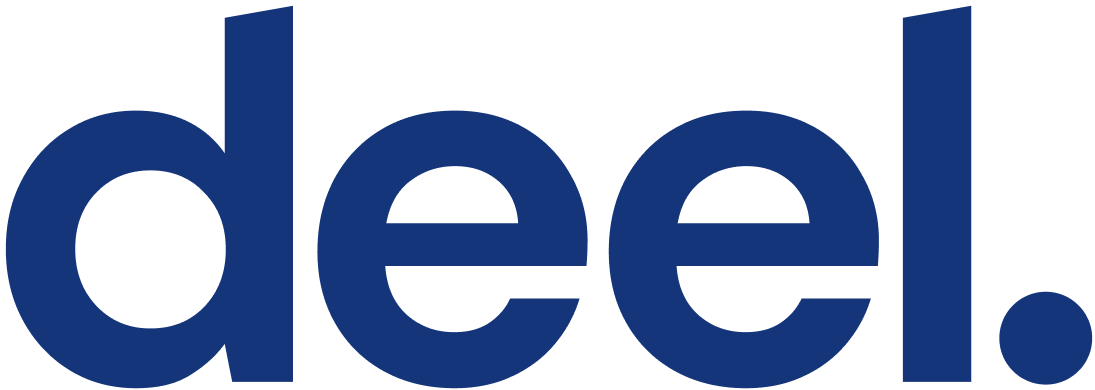The Last Recruiter: How Startups Can Handle the Fierce Competition for Recruiters Today
6 minute read
By Kenza Moller with The Swarm
Hiring? Finding it more difficult than ever? You’re not alone.
Even as the United States has opened back up, job openings have remained at a record high, with open roles in February outnumbering unemployed Americans by a record 5 million. In 2021, the number of open tech jobs nearly doubled and the average tech listing attracted under 100 applicants for the first time since 2019.
The hiring squeeze has incentivized more startups to expand their reliance on recruiters. Unfortunately, the talent gap has also struck the sourcing field, with the number of open recruiting jobs outpacing the overall job market and a quarter of recruiters reporting challenges in filling sourcing roles on their own teams.
For an early-stage business that isn’t yet dominating job boards, it might seem like hiring has never been more challenging. However, just because it’s becoming harder doesn’t mean recruiting has to be impossible. Here are five ways you can streamline recruiting, even as competition for recruiters grows fierce.
Lean into referrals
When it comes to recruiting more efficiently, it’s all about quality over quantity, which is exactly what an employee referral program (ERP) will do for you. Compared to applicants who apply on a company career site, referred applicants are nine times more likely to be hired. They also save startups approximately $7,500 per hired referral.
Referrals can be helpful, especially for early-stage startups, who have a harder time competing when it comes to employer brand recognition or salary. Connections can vouch for your company’s culture, opportunities, and mission, and they know ahead of time whether a referral would be a good fit.
The key to running a successful referral program is to mine your contacts extensively, including employees, investors, advisors, and your personal network. Set up a formalized employee referral program to reward employees for referrals and publicize that you’re looking.
Don’t be afraid to ask your colleagues for introductions. A personal note to your advisors, investors, and personal connections can bring a ton of referrals your way, and job postings shared on one’s own LinkedIn or Twitter can garner interest from your networks.
Don’t overlook a career-changer
If you limit yourself to hiring a tech recruiter, you’re pretty much guaranteed competition. But if you’re willing to get creative, you may still have an excellent recruiter on your hands, even if they have a different background.
Plenty of talented employees in other roles, from customer service to sales, may make great recruiters, especially if they’re already familiar with your industry. The overlap between tech recruiting and other fields has already been recognized by companies like Recruit Rise, which help career switchers train for a role in tech recruiting in just nine weeks.
Rather than compete for an experienced recruiter, consider someone with experience in your field and a desire to try out tech recruiting. If you hire for soft skills and cover their training for the hard skills, you might just end up with a talented recruiter who has deep experience in your field.
Of course, this goes for other roles as well. If you can train and promote from within, you can save yourself the hassle of competing for external talent. Promoted employees not only save employers an average of 18% compared to external hires, but their performance reviews tend to be better for at least two years after promotion.
Outsource certain tasks — to technology
Whether you work with an in-house recruiter or you’re sourcing all applicants yourself, certain software tools can help you do more with less. Outsourcing certain tasks — from sourcing and screening to scheduling and follow-ups — can help you increase your bandwidth without having to hire on additional recruiters.
Today, technology exists to streamline all stages of the recruiting and hiring process. A few areas you might consider include:
- Using an Applicant Tracking System (ATS) (like Ashby) to help you source candidates, automate communication and high-volume interviews, and track your pipeline.
- Leveraging platforms like Knockri, which use AI to remove systemic bias from the interviewing and hiring process.
- Outsourcing technical interviews to companies like Karat, where trained engineers can screen candidates for the specific technical skills you need.
Embrace transparency
Hopefully, honesty and transparency are already part of your company M.O. — but if you want to beat the competition in the war for talent, you may want to take it a step further.
Job seekers today, including recruiters, are increasingly looking for jobs that match their goals in terms of values, work/life balance, and pay. And when competition is fierce, any company that can share data around those pillars will stand out. (According to Indeed Canada, job postings that share salary data receive up to 90% more applicants.)
Transparency isn’t only helpful because it increases the number of candidates attracted to your role, either. It also helps disqualify those who aren’t a good fit for your company early on; that helps you save time and ensure that those you do interview are actually well-aligned with your company.
How can you be more transparent when recruiting?
- Include salary ranges for each position
- Don’t just share that you have a “generous” vacation or healthcare policy — share the policies themselves
- Don’t preach “work-life balance” if your teams frequently work late; be honest about the challenges and opportunities that come with certain roles or your company’s growth stage
- Be open about where you are in your diversity, equity, and inclusion efforts, instead of simply saying that you’re committed to them
Use storytelling to stand out from the crowd
As an early-stage business, it’s unlikely that prospective recruiters or employees will know your company name or your employer reputation before applying. Rather than considering this a challenge, use it as an opportunity: you get to share your story exactly as you would like it shared.
Leverage the principles of storytelling at all stages of outreach, interviewing, and hiring. Start by setting up a Careers page that clearly shares your mission, what it’s like to work for you, and the impact individual employees can have at work. Continue by sharing employee stories on LinkedIn and teaching employees (and leadership!) how to become thought leaders on Twitter and LinkedIn.
Don’t forget to continue telling the story when you reach out to candidates and interview them. Focus on them as the main character: what mission are they helping to solve? How do they fit into the puzzle? Who are the other characters along for the ride with them? A compelling story can help you compete against those who may have an edge in available salary or brand awareness.
Work smarter, not harder
As an early-stage startup, the labor squeeze can seem overwhelming. Luckily, there are plenty of ways to streamline your recruiting efforts and stand out. And the best part is that all of these efforts pay dividends as you scale — so that even if hiring becomes effortless for your teams, these systems and practices continue to pay off.
This post was written by Kenza Moller in collaboration with Ashby and The Swarm. The Swarm makes it easy for companies to source referrals from their collective networks.



